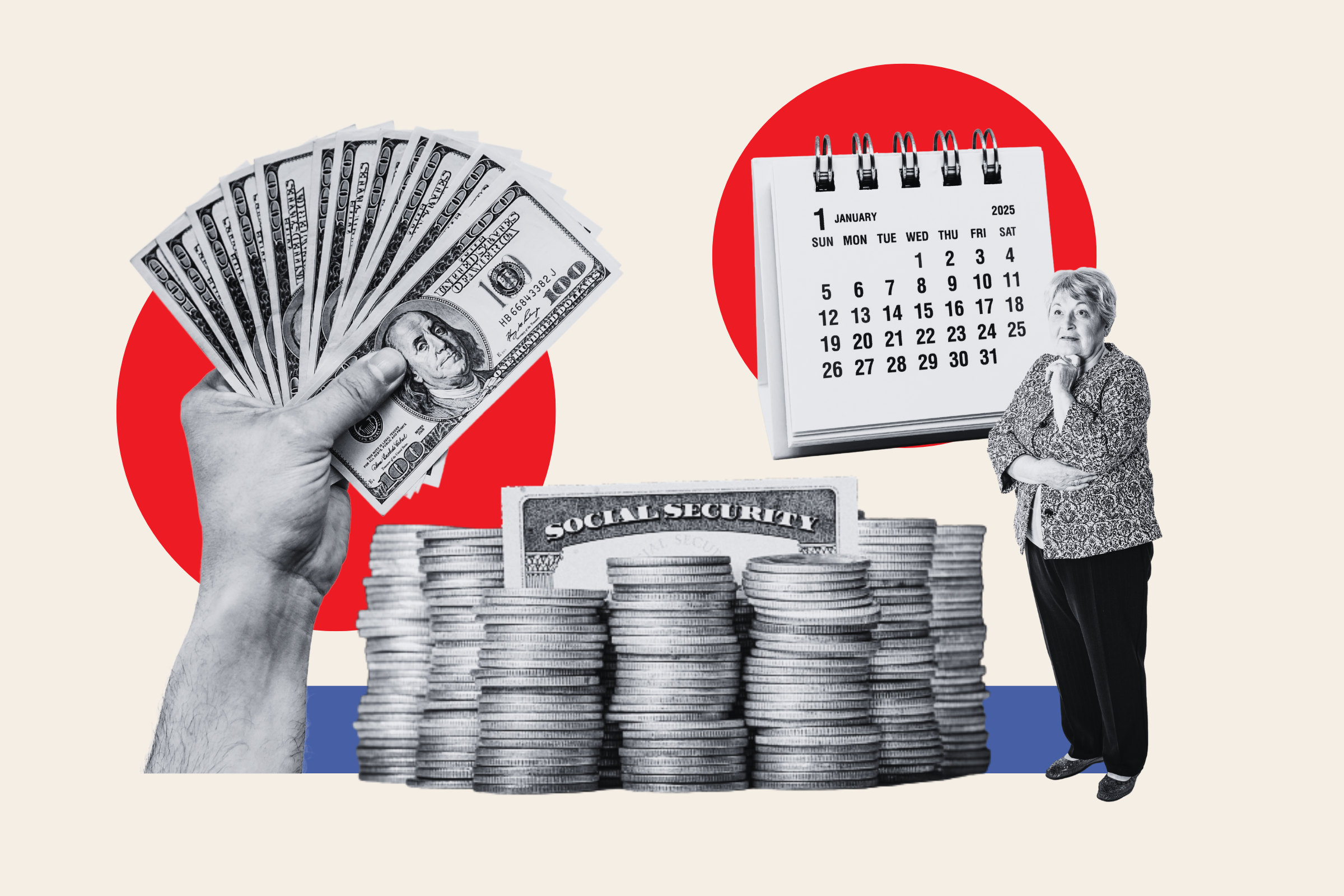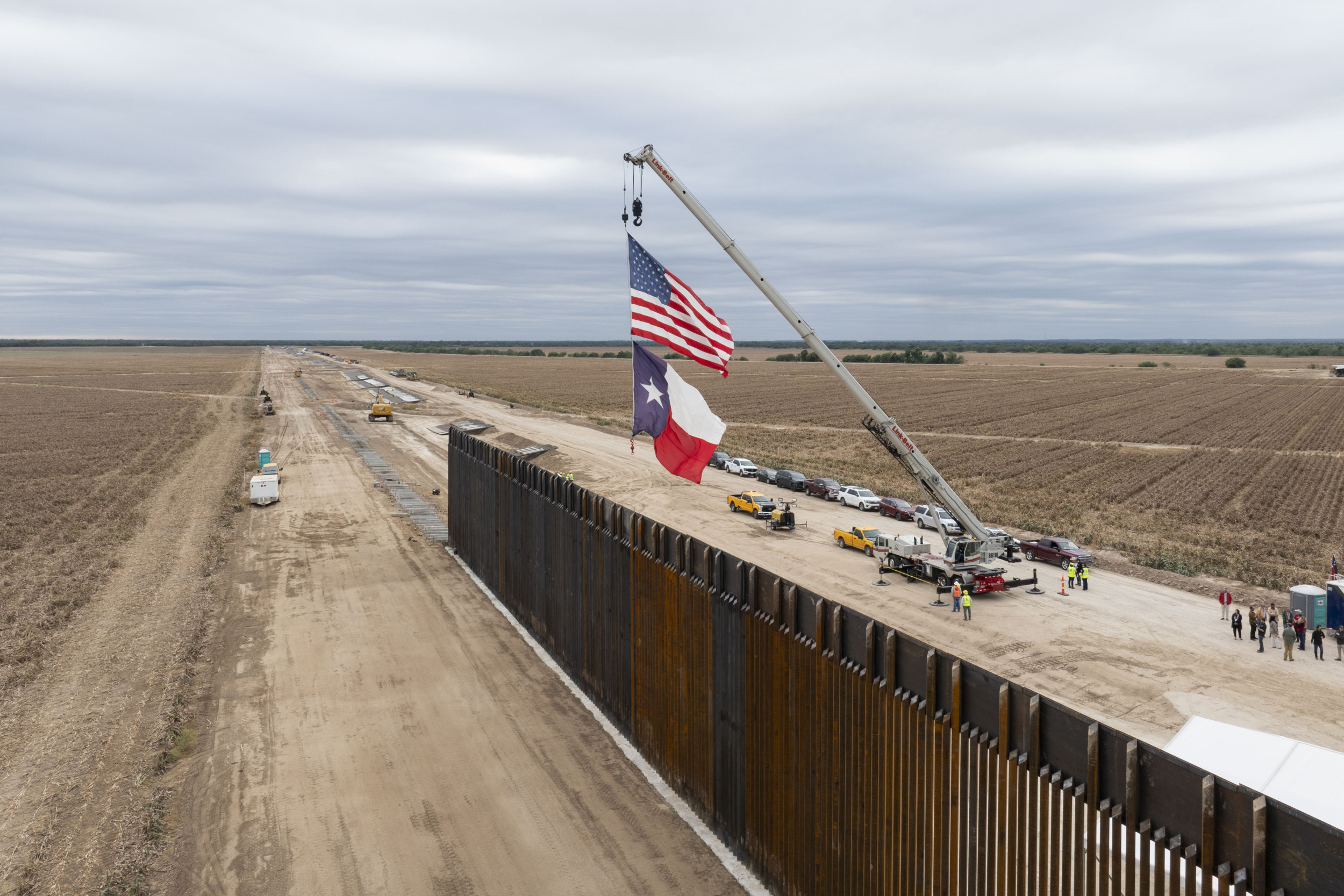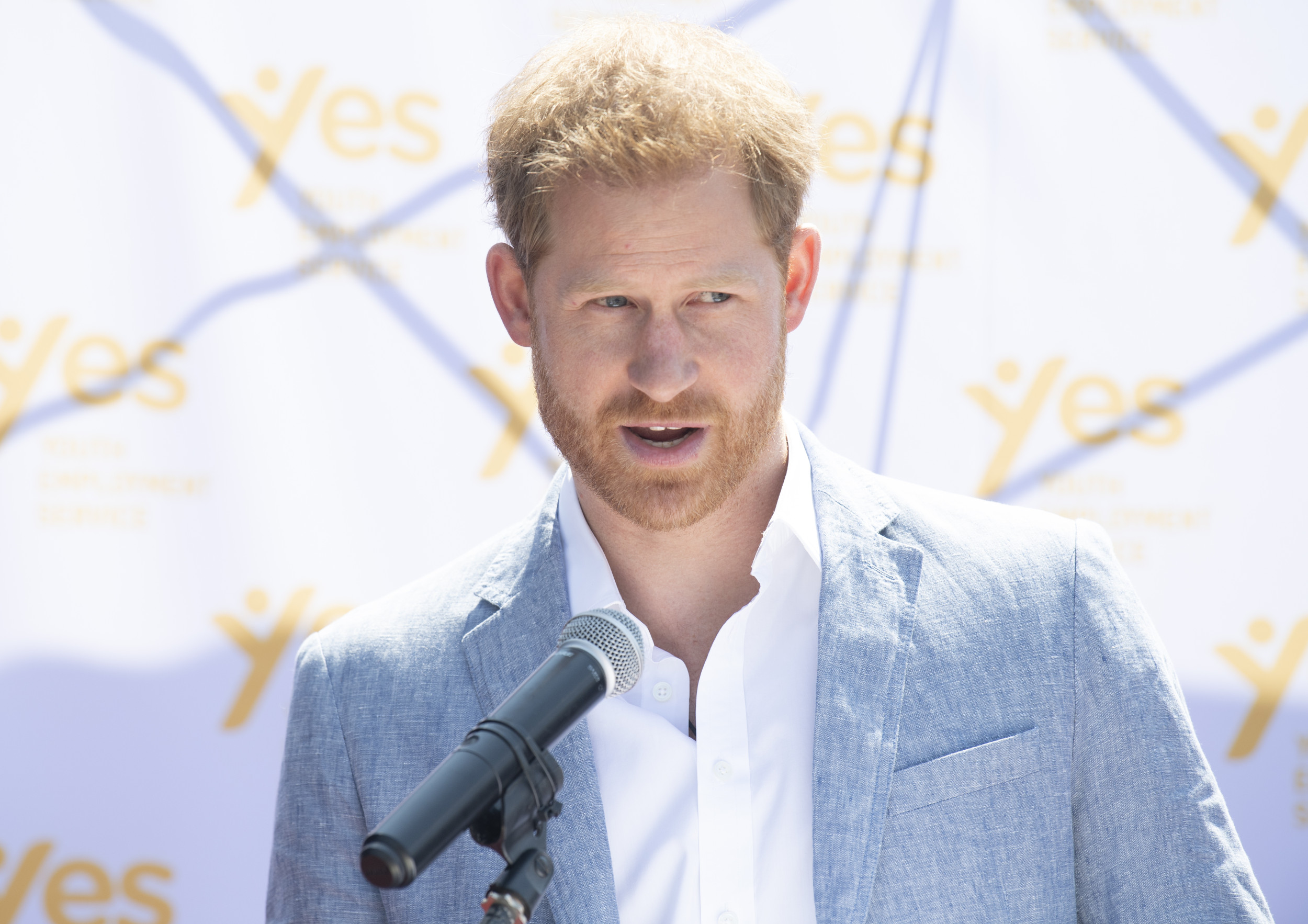New York City is the water poverty capital of the United States, according to a study citing census data, with 56,900 residents living without access to running water in 2021.
In second place was Los Angeles, with 45,900 people, followed by San Francisco, with 24,400. In Chicago and Houston, more than 22,000 residents do not have access to running water.
"These are households within large, prominent metro areas in the U.S.," professor Katie Meehan, lead researcher of the study and geographer at King's College London, told Newsweek. "We use water access as a lens into questions of power, really. This isn't just an engineering problem. This is a political, financial, economic and social problem."
There are an estimated 1.1 million people in the United States currently living without household running water and sewerage, the study found.

The study looked not at water quality and pollution but simply residents' access to piped running water in their homes.
"It's completely bonkers," said Meehan, explaining what was "really alarming" was that the problem mostly affected people of color, and that the problem was happening "in some of the cities that we might least expect, like Portland, Oregon, that are otherwise known as nice places to live."
Meehan is originally from Portland and described the city as having experienced a "renaissance" in growth, technology development and affluence.
"It has also been accompanied by a rise in terms of absolute numbers and the racialized dimensions of plumbing poverty," she said. "In 2000, fewer than one out of 250 Portlanders who are Black lived in homes without running water, but that number had almost quadrupled just over a decade later."
The study found that in 12 of the 15 largest U.S. cities, people of color were disproportionately affected by plumping poverty. In Los Angeles, 82 percent of those affected were people of color, compared with 79 percent in Miami, 74 percent in San Francisco and 71 percent in Houston.

"The compound pressures of high housing costs and expenditures mean that more low-income, asset-limited people are living without running water in these expensive cities," Meehan said in a statement. "Far too many people, especially those of color, are now in such extreme poverty they are being pushed into homes that do not meet the basic standard for human dignity and life."
Dr. Jason R. Jurjevich, assistant professor of geography at the University of Arizona, said in a statement: "Our results underscore the success in reducing plumbing poverty in select U.S. cities over the past 20 years is uneven, with households of color often left behind.
"In Philadelphia, for example, people of color comprised 40 percent of the total population but represented 66 percent of people without access to running water in 2021."
The scientists concluded that inequalities like this were preventing the U.S. from meeting United Nations development goals for everyone to have access to safe drinking water.
The study was the first to track the problem of plumbing poverty over a 51-year period in the 50 largest U.S. cities. Published on Thursday in scientific journal Nature Cities, it was a collaboration between King's College London and the University of Arizona.
Do you have a tip on a science story that Newsweek should be covering? Do you have a question about water poverty? Let us know via science@newsweek.com.
Reference
Meehan, K., Jurjevich, J. R., Everitt, L., Chun, N. M. J. W., Sherrill, J. (2024). Urban inequality, the housing crisis and deteriorating water access in US cities, Nature Cities. https://doi.org/10.1038/s44284-024-00180-z




















 English (US) ·
English (US) ·